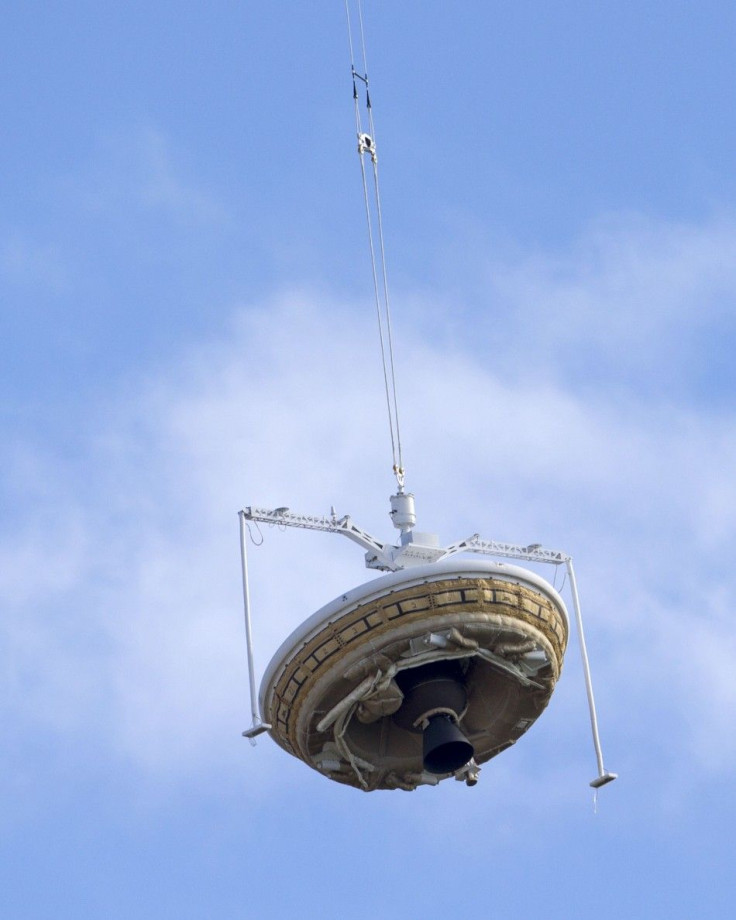Mars Curiosity Rover Finds Large Debris of Meteorites

National Aeronautics and Space Administration's Mars Curiosity Rover spotted a shiny rock, mostly consisting of iron which belongs to Mars. It is found to be similar to iron meteorites that were found in the past by Spirit and Opportunity, which were space missions before Curiosity Rover.
This meteorite, named 'Lebanon', is considered the largest that has been found, measuring 2 metres, that is about 6.5 feet in width. In addition to this huge iron meteorite, there seems to be a smaller fragment right next to it, which has been called 'Lebanon B'.
Guy Webster, NASA's spokesman, hints that there could be a third meteorite that has been observed with the help of the images captured by the Curiosity Rover. The picture of the iron meteorite is a combination of high-resolution circular images that was acquired from RMI, which stands for Remote Micro-Imager, of an instrument called ChemCam, belonging to the Curiosity rover. Additionally, the colour and context of the image was taken from Mastcam. On May 25, while on mission Sol 640, the images were captured and adjusted so that the illumination is more Earth-like.
The image showed cavities on the surface of the rock, that were angular in shape. It is said that erosion along crystalline borders could have resulted in the cavity or that it could be because that olivine crystals, a rare type of 'pallasite' filled the cavities..
Iron meteorites are the most common types of meteorites that have been found in the planet, Mars, as they are immensely resistant to erosion. This meteorite can help the researchers assess the reason as to why the meteorites in the Red Planet are rich in iron.
The most recent assignment that the NASA has tasked for the Curiosity Rover is to assess ancient environments that could be inhabited. It also seems to be studying the huge changes in the environment conditions of the Red Planet, both of which could help in figuring out the past of the planet.




















